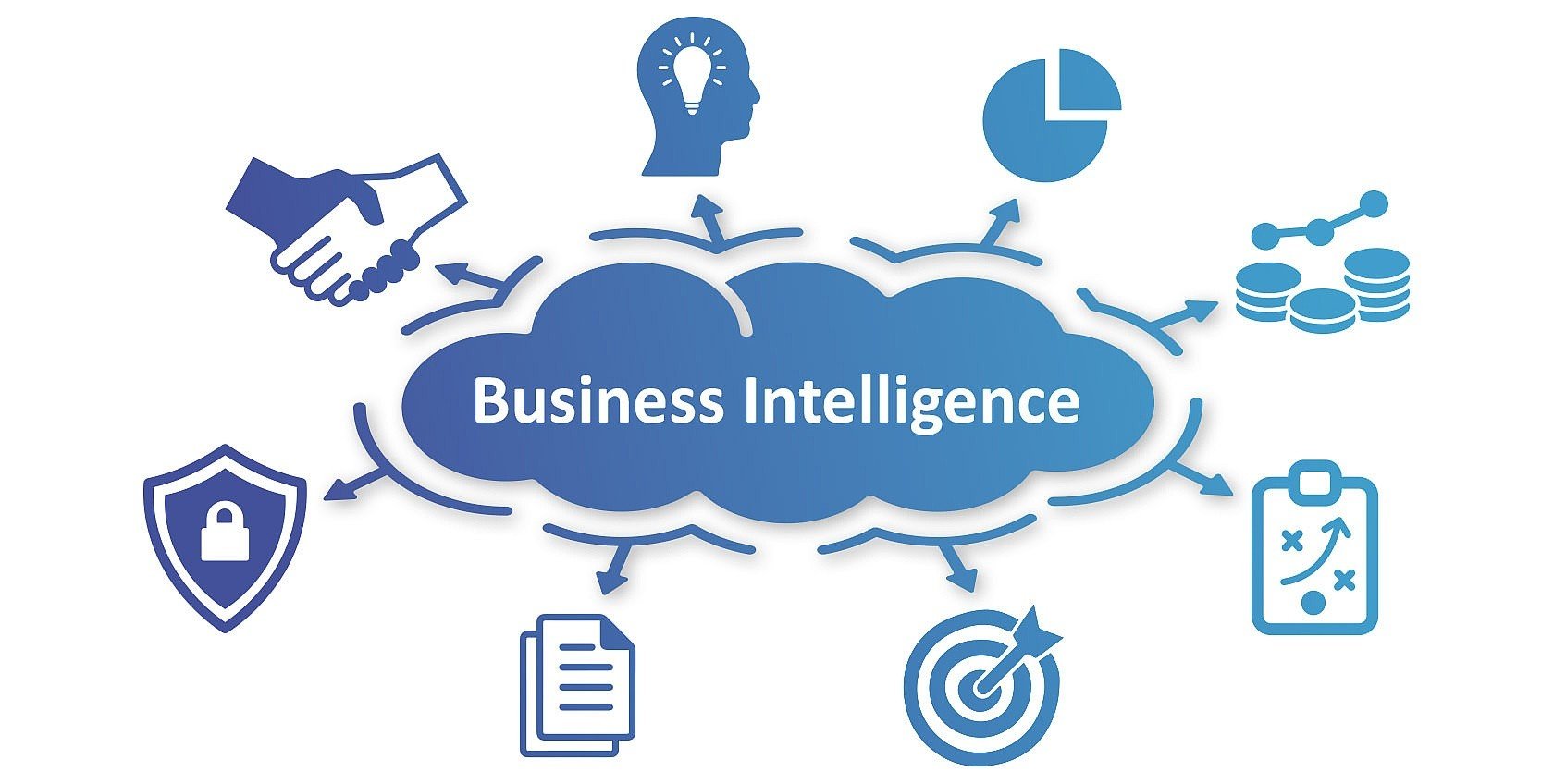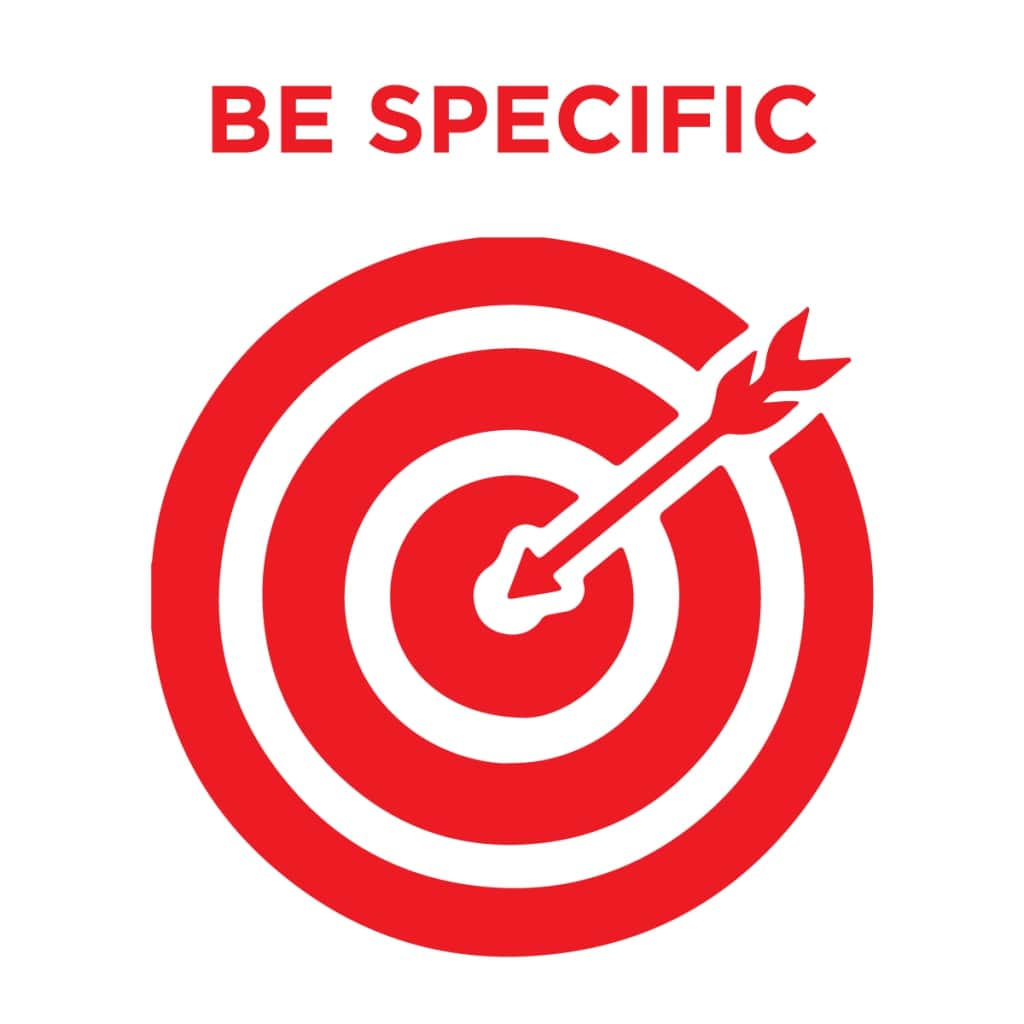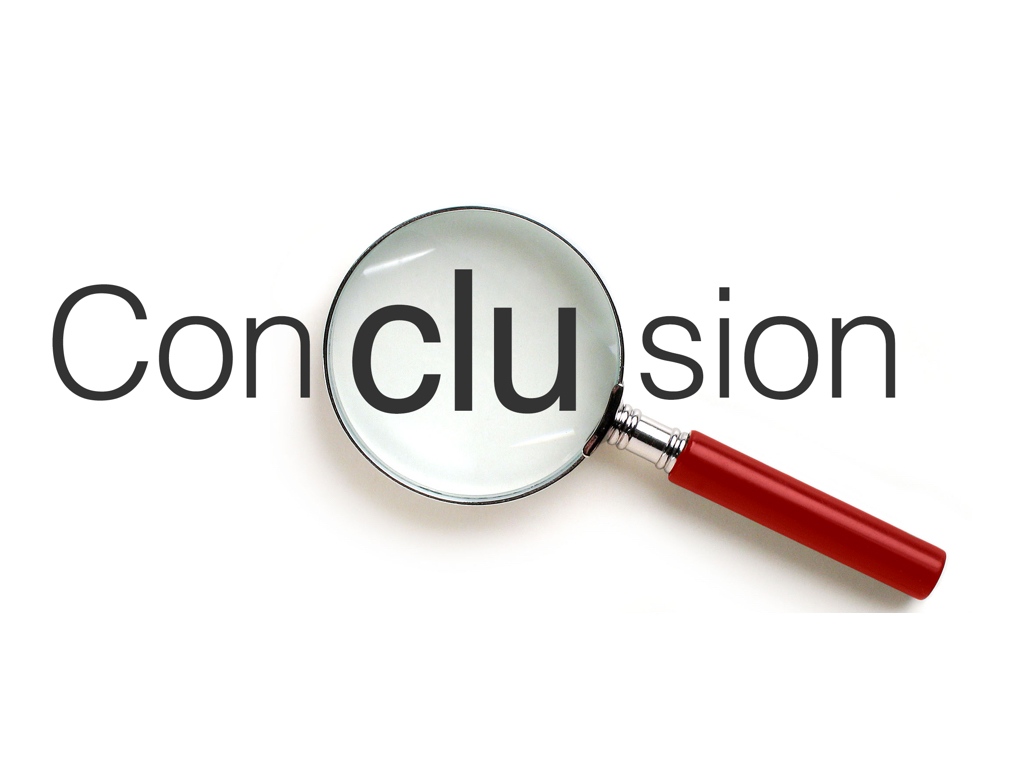Business Report Format Guide: Formal Structure & Examples
When it comes to reporting, it may be the least fun of business daily tasks, yet, they are vital to your business growth as a good report can help you refine your strategies and plan for the future. Therefore, it is important to have an appropriate business format to present everything clearly and make your content easy to understand.
In this article, we will clarify the definition of a business report, its benefits to any organization, different types, and ways to structure it, some examples, and, more importantly, how to format a simple one.
Related Posts:
- 7 Things Every Marketing Report Should Include
- Pros, Cons & How to Actually Be Market Oriented
- Benefits & How to do Marketing Audit?
- 55 Best Brand Guidelines Examples to Learn
What is the business report?

A business report is a compilation of data that presents historical details related to the activities, development, perspectives from particular departments of an organization, and creates a framework for potential decision-making processes or factual perspectives required to coordinate business functions.
It is important to identify these types of reports to recognize the best uses for business reports better. It organizes information for a particular sector. While some reports will go through a more comprehensive approach for evaluating a specific department’s functionality and policies, other types of business reports will focus more on the bigger business management picture.
Why a business report is important

Such reports also allow for data collection by tracking the progress. You can compare the different periods and operations, development, etc. You can also see which goods or services are more effective than others, which marketing campaigns perform better than others, and which markets or segments need more focus.
It’s useful to acquire all this data, and in so doing, you’re creating a paper record of your past events. They allow individuals outside the business, like banks or investors, to be aware of your activities and results and let stakeholders know your business’s tangible and intangible assets.
The following benefits of doing a proper business report can contribute to your business growth.
Risk Assessment and Opportunity

You will improve the awareness of threats and opportunities within your organization through business report samples. Sample reports emphasize the connection between financial and non-financial performance: they streamline processes, cut costs, and enhance overall consistency.
Trends and Connections

Samples of the business report will allow you to compare your results with other business units or businesses in the same industry. A report template on a more detailed level will help you dig deep into organizational indicators, specifics and find similarities that would otherwise be unnoticed. Obtaining a deeper understanding of your data in the modern-day digital time will allow you to develop strategies that enhance major aspects of your business growth thru trend detection. The value of a business report is illustrated by this aspect alone.
Business Intelligence (BI)

The useful BI tools may decide your survival on the market.
By producing a company’s business report designed to enhance your BI operations and address critical corporate questions, you can obtain the opportunity to discuss unique observations that can create a significant benefit and monitor overall spending. You could provide basic components to develop an effective business intelligence plan by understanding how to build a report with particular examples and templates.
Buy-in

While there are many different types of business reports for a company, they all have one common trait: gathering data and tracking the business activities related to something specific. By working with the right reports, users can perform in-depth visual analyses of many key business areas or functions and provide informed recommendations that will ultimately improve efficiency and encourage innovation.
Although an organization has several different types of business reports, they all share one similar characteristic: collecting information and monitoring business activities linked to something particular. Users may conduct an in-depth visual analysis of many important business areas or functions by communicating with the correct reports and make educated suggestions that will eventually boost productivity and foster innovation.
Operational Efficiency

The more the report becomes objective, the clearer the data. If the data is well structured and clear, it is best to observe the business operations cost-effectively, minimizing the time needed to review findings.
A strong structure for business reports provides an in-depth review in which the authors demonstrate how their results were interpreted.
A marketing report, for instance, can minimize the time taken to evaluate a particular campaign. In contrast, an HR report can provide perspectives into the recruitment process and determine, for instance, why the cost per hire has escalated.
Specificity

You will be offering yourself a vital opportunity to discuss specific concerns if you complete a business report, which is also used when decisions need to be taken. They serve many purposes: some record future planning details, some record historical data to explain a scenario, and others provide a viable alternative to a business issue. Some executive dashboards are for daily use, while a monthly business report template can allow you to more steadily and incrementally characterize your activities. They are all key to business success since they make complicated analysis results simpler.
As previously stated, the clearer the data, the more cost-effective results would be, so it should be important to bear in mind the specific data to be integrated into this type of report.
In different industries, you can find several main performance indicator examples that should be considered when creating this type of report. To compare industry values to see your competition, you can also create an inter-departmental report and between companies.
Accuracy and Consistency

Data is a vast environment in the digital world, and if you want to make full use of it, it is important to strive for consistency and precision. If your data is missed, it might hurt the company in the long term. Using an online dashboard platform to compile your reports is an enormous benefit in terms of ease of use, time saved but most significantly, the accuracy of the information you are going to use.
All on your report will be up-to-date when you deal with real-time data, and the decisions you will make will be supported with the latest facts. Business reporting examples are incredibly useful when exploring the data and performing data analyses to obtain valuable insights. With the results’ visualization, they will provide a substantial added value to the report, adding more clarity and understanding to the analysis, which is the ultimate goal of business reporting examples.
Engagement

You can understand intuitive and visual business-centric reporting tools that communicate a message relevant to the audience. With only some clicks, you can get deep insights while examining your data. A clean and customized report is valuable.
Benchmarking

You will keep your company going while catalyzing your overall growth and productivity levels by regularly setting goals centered on your most critical business priorities and operating with visual reporting tools.
Communication

Improving internal coordination and connectivity is one of the key applications of business reports. You will motivate everyone in the organization with greater access to knowledge by having real-time access to the most important business data whilst improving the way you interpret and present it, which, in turn, will strengthen internal communication and collaboration.
These reports may also be of several different kinds, but they all have one common characteristic: collecting data and monitoring anything particularly relevant to business activities. From there, their author will also conduct a review and provide the organizations with insights.
Read more:
- What is a Merchant Cash Advance?
- How to Become a Distributor?
- 20 Tips to Improve Business Social Media Presence
Types of business report
The informal report
One or two pages in length and formatted as a letter or memo can be the informal report. It could also be shared by email. Your business will have a particular format to adopt, so it would help to use past reports as a reference.
Alternatively, to allow for easy reading, you can select a style with headings and subheadings, numeric lists, or an outline. As a subject line, the title of the report should be added.
Make sure to take into account the reader of your report and using your audience-appropriate vocabulary and tone. Even so, accessibility and precision continue to be important components.
The formal report
Typically, the formal report is more detailed and runs many pages long. Factual accuracy, pronunciation, and grammar are a must.
If more than one person writes the report, make sure it has consistency (no abrupt leaps from one subject to another) and a clear voice (no distracting style contrasts). Your business would have its report format, or you may have to create one from scratch.
The structure of a business report
A business report’s content can rely on what you’re writing about. Even the writing style can rely on whom you are writing about. There is a general framework, though, which most market reports adopt. In this article, then, we can glance at how to structure a business report for full consistency and professionalism.
Title Page

Each business report should have a page for the title. The title itself should state what the report is about. You should include your name and the report date, too.
Summary

A review of the key points is the beginning page for most business reports. Strive to give a brief outline of what the article is about. How the study has been conducted (e.g., methods for collecting data), the major results of the study. Also, bring to light the main conclusions and suggestions.
If a report with a paragraph or two, this part may not be necessary. Yet, a full executive summary is required for longer or more comprehensive reports.
Table of Contents

For long reports, this page should be added. You should include each section’s title and the report’s structure. Try to match the headings for those used in the main text exactly. Also, number the sections properly.
Introduction

The first section of the study is the formal introduction. Here, explain the synopsis of the report you got when requested to prepare the paper. This structures the remainder of the study by covering background information (for example, company history or market data), report intent (i.e. what you’ve reached out to attain), and its scope (i.e. what will be included the article, and what will be dismissed).
Methods and Findings

Have a section about the methodology while performing research work ,incorporating a software diagramming tool. This can be as straightforward as identifying the sources you are using and why you have picked them. Show the reader how the data were gathered and analyzed.
You ought to clarify your results afterward. This section will simply and concisely describe the findings of your analysis, ensure that all the key points pointed out in the abstract are addressed.
The advice here is to split the results into subsections, including headings to direct the reader with the information you presented. In the meantime, using charts and diagrams to convey information visually, yet ensure they are clearly labeled so that the reader understands its relation to the text.
Conclusions and Recommendations

Your report’s final key section includes conclusions and recommendations. The conclusion section should summarize what the study has shown you. If asked to do so, you can also, recommend relevant steps based on your results. If you are not certain about what to propose in this, then reflect the targets defined in your brief.
References

Show third-party sources in a bibliography if you have used them when writing the report. Examples are business documents, academic articles, or even news reports.
The objective is to demonstrate what you have premised your results and conclusions on.
Appendices

Lastly, throughout your study, you might have obtained additional documents, like interview transcripts, marketing content, or financial details. It would make it too lengthy and confusing to include this in the main report, however at the end of the paper, you may move it to an appendix (or many appendices) in case the reader looks for it.
Examples of a business report
White Paper Template
White papers are an ideal instrument for educating and persuading stakeholders. They can also be used by consultants to boost their popularity with large consulting firms and boutique companies or to use them as lead magnets in Facebook advertising, etc.
A polished template is, as always, much more prone to engage senior leaders or potential customers. The easiest way to create something that is both appealing and easy to comprehend is a business report template or consulting report template.
For example, this consulting report has a full page devoted to visuals to avoid the report being dull. It supports data as well.
Project Plan Template
The easiest way to keep a project on track is through a project schedule.
But it can be difficult to show the steps towards completing a project and to show how each step is actionable and observable. If you’re a consultant and you don’t have business models to depend on, this is extremely challenging.
An ideal way to imagine what needs to take place, and when, is this project plan template. With bar graphs, icons, and color-coding, this template presents information effectively. You can customize the schedule by entering the editor and clicking on the bar graph.
Business case study template
Business case studies typically provide resources to explain how actual businesses have handled a specific scenario or problem. Normally, the case study includes business theory and illustrates its relevance to actual situations.
For instance, this template illustrates how Gen Led uses high quality to boost sales in a competitive market.
How to format a simple business report
Using the conventional Single Spaced Template in Word is best when typing and formatting one-page business reports.
Start Word and maximize the Word window, and then click the File tab > New and pick Traditional Single Spaced Blank Document.
Character Formatting can be used when you want to format text like individual words in a document. It can be done by using the Mini Toolbar, which is only displayed when you point to a selected text in a document or from the Home Tab Font Group. There are widely used buttons in the Font Group that you can use to add bold, italic, underline, shadow, stroke, or color to your text.
The default font form and size are 11-point Calibri, but you can change its attributes or the way it looks after you have picked a font type. For instance, by having the font bold, italic, or underlined, you can adjust the font size or adjust its style.
To spice up your papers, you can also add color and apply special text effects. The font size is calculated by estimating the character height in units called points. The regular font sizes are 10, 11, and 12 points for text.
By changing the spacing between characters and words, you can now also add kerning to your word text. You may also adjust the document case, including the upper or lower case.
Turn on the Symbol for Show / Hide. At the top of the page, which is the existing insertion point, your I-beam will flash. Then turn the Show/Hike symbol on so you can see your paragraph and line space marks.
-
Tap on the Home Tab > Paragraph Group > Show/Hide Button
-
Click ENTER 5 times to start on the report’s first line that is 2 inches from the top of the page
-
Choose the first two lines of the report’s title and from the Home Tab > Font Group, adjust the font size to 14 points, bold and center.
-
With the text already chosen, tap on the Home Tab > Font Group > Change Case button and change the Case to UPPERCASE.
-
Click ENTER once after the TITLE to add line space between the TITLE and SUBTITLE. Choose the next 3 lines (the SUBTITLE, BYLINE, and DATE) and change the font size to 12 points, bold and center. Click ENTER after each line in order that the SUBTITLE, BYLINE, and DATE are double spaced.
-
Capitalize and Bold the SIDE HEADINGS. To capitalize all three at the same time, choose the first heading then hold the down the ctrl key on your keyboard and tap on the other titles.
-
Under the heading LibreOffice WRITER, choose the 3 lines of text
-
Tap on Home Tab > Paragraph Group and choose the Numbering to apply your numbering style.
-
Remember to Spell check, proofread and preview your document for spelling and formatting
Related posts:
- Using Instagram for Business
- What is Co-Branding? Pros & Cons and Examples
- Best Social Media Marketing Agencies to Kickstart
- How to Start a Clothing Brand?
Final thoughts
Presenting a business report in a straightforward and succinct a manner as possible is vital. Your reader wants to easily and conveniently understand the key points and you should therefore evaluate how well the structure and format of your report serve to convey this information.
If you have any questions, do not hesitate to leave a comment in the box below. We are glad to help you out. If you find this post useful, you can share this with your friends.
New Posts






